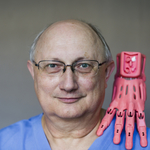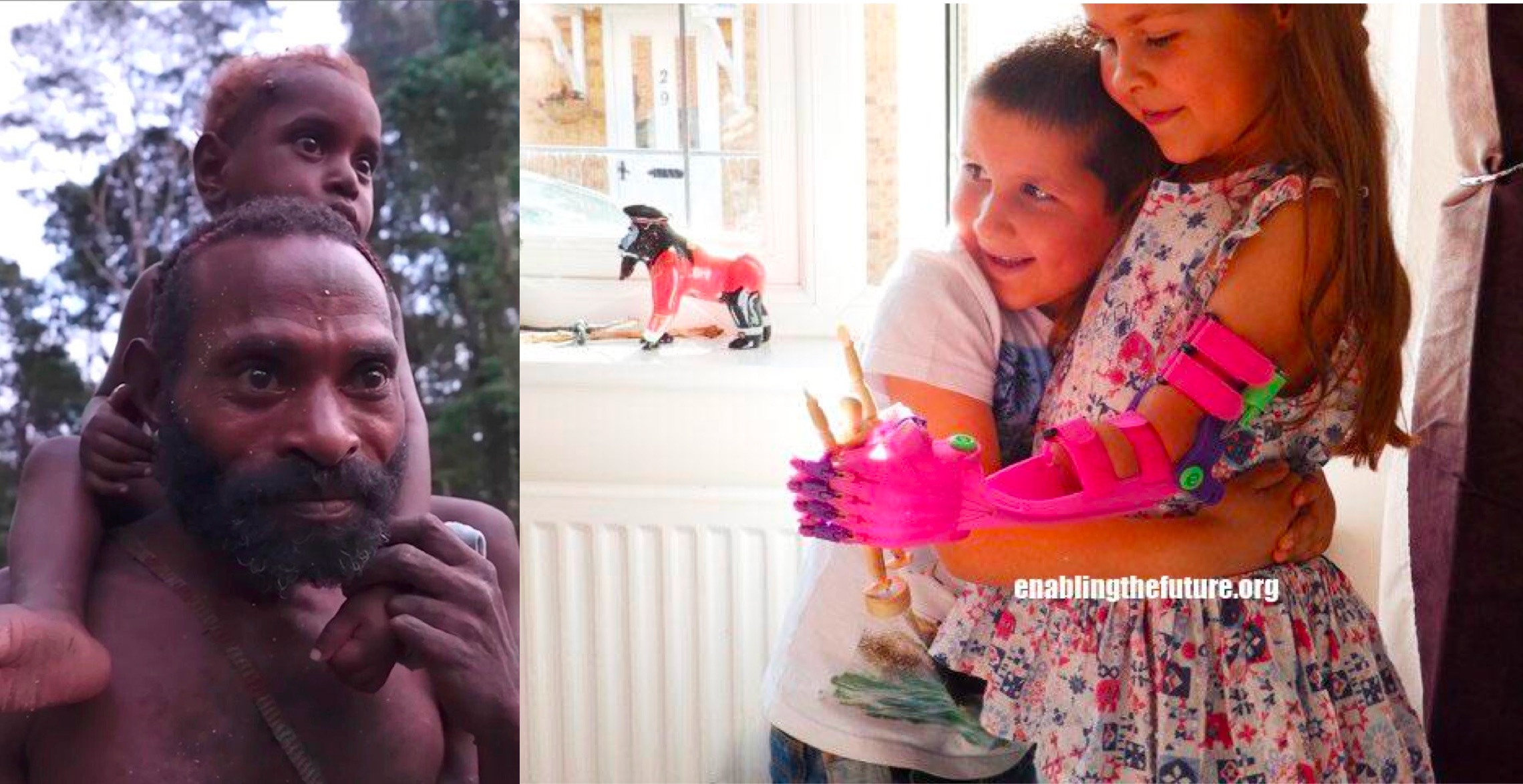There is a transformation occurring on active transportation (mostly walking and bicycling) attitudes in the Rochester, NY region, but we’re still waiting for the tipping point. The tipping point will occur when both vehicle drivers and active transportation folks actually share the road, and obtain ‘complete streets’:
“Instituting a complete streets policy ensures that transportation planners and engineers consistently design and operate the entire roadway with all users in mind - including bicyclists, public transportation vehicles and riders, and pedestrians of all ages and abilities.” Complete Streets
Many in our region want active transportation to happen:
I believe, as chair of the Rochester Regional Group of the Sierra Club’s Transportation Committee, that we here in Rochester can pass the tipping point and have active transportation become a major component of our transportation options. You can get a whiff of that movement from this report:
Bikes in High Demand this Summer” R Community Bikes' volunteers are having trouble keeping up with an increase in demand for bikes. The non-profit is on track to give away 100 more bikes than last year. The group gave away 1,300 bikes in 2009, 2,400 in 2010 and they're still getting inundated.” (June 2011) RochesterHomePage
We have an incredible amount of trails that help close the distance between streets and destinations, making it easier and safer to walk and bike to important destinations. We have bicycle groups, enthusiasts, universities, public health departments, and transportation authorities who all want to make our citizens healthier and reduce the negative effects of our present transportation system. A major government report emphasizes the importance of this matter:
“… a factor in rising obesity rates is a sedentary lifestyle and automobile dependence; 60 percent of Americans do not meet minimum daily exercise requirements. Making cities more walkable and bikeable would thus have multiple benefits: improved personal fitness and weight loss; U.S. Global Change Research Program 98 Global Climate Change Impacts in the United States reduced local air pollution and associated respiratory illness; and reduced greenhouse gas emissions.” (Global Climate Change Impacts in the US (2009) page 97).
However, no amount of enforcement, education, and engineering can move us beyond the tipping point if the public, in and out of their cars, doesn’t change its attitudes. What are some of the attitudes blocking our way to the tipping point?
· Many environmentalists who do not ride bicycles themselves fail to grasp the profound implications of our local transportation, which accounts for the release of 27% of greenhouse gases, and thus fail to join the movement for active transportation. Moving a large component of those who now drive their gas guzzlers for short distances to active transportation alternatives would accomplish a sizeable quotient of their goals—combating Climate Change in our region, improving our air quality, and making us healthier.
· Our media reports on the occasional collisions involving walkers and bicyclists, but won’t take a moment from their agenda to remind the public that bicyclists have a legal right to be on the roads—and how to do that safely. Imagine the change in attitudes that would occur if mainstream media put out 30-second reminders each day that our streets, which all of us pay for, can be navigated safely if we all followed the rules. Believe me, there are organizations that will help the media find things to fill those 30-second spots.
· Bicyclist should be more aware of their profile on and off our streets. When a bicyclist fails to understand the rules of the road, they frustrate and annoy drivers by suddenly appearing in places drivers do not expect. Speeding down the sidewalk behind pedestrians who cannot possibly hear their silent machines often startles those who would otherwise love to share their space. The bicycle community should see the big picture, that Climate Change is really occurring, and their passion should be embraced as a major solution to it.
· Drivers must respect the right and the vulnerability of those not (at the moment) in their vehicles. Our vehicles, which are polluting our atmosphere, are not only costing us a sustainable future, they are absorbing much of our earnings— car costs, taxes for road and bridge repair and snowplowing, insurance, car repairs, inspections—you name it. Add on the distractions we enjoy while driving (radios, texting, cell phones, GPS’s, and that coffee we’re drinking) to a negative attitude towards someone on a bike or walking, and it makes for an unsettling environment.
Last weekend, while biking along the canal, I got talking to a couple who have been bicycling across the country for seven months about their experiences (Nomads — Benson and Ashleigh's Bicycling Adventure). Some communities, they said, were very bicycle-friendly and some that purported to be friendly were not so much. Attitudes of drivers in communities they passed through made a big difference in the safety and quality of their travels. Here’s one of their ideas about improving community attitudes towards bicycling: in some communities, the bicycling community takes on the responsibility of policing themselves by reminding each other to obey the traffic signals. How close are we to that?
Here’s why there’s so much hope about our region’s commitment to active transportation. Recently, there was a major conference on how to make our community a better place to ride and walk: The Greater Rochester Active Transportation Symposium, check it out: Rochester Cycling Alliance: Active Transportation Symposium:
Walk, Bike, Smile, Thrive: a report on the first Greater Rochester Active Transportation Symposium. By Jon Schull, Ph.D. Interim Director, RIT Center for Student Innovation, and Scott MacRae, M.D. Professor of Ophthalmology and Visual Science, Flaum Eye Institute, University of Rochester. Walking and biking is good for your health, good for your state of mind, and good for Rochester. And it’s about to get better. more...
Our community leaders, our educators, our universities, our public health officials, our governmental officials, and even our grant writers want us to get over the tipping point and become as bicycle-friendly as the platinum winners of the League of American Bicyclists * Bicycle Friendly America. We need to remember that this push to increase bicycles use is not limited to Rochester, as many communities have successfully taken on their vehicle dominated culture and achieved a synergy of safe and healthy motion in their communities.
How do we get beyond the tipping point, where a majority changes their attitudes? Here are some of my recommendations:
· We educate continually about riding safely in our streets and obeying the rules.
· We remind bicyclists, pedestrians, and vehicle drivers that the existing rules can keep us safe if we take a moment to observe them.
· Report on those who are not obeying our laws, thus increasing enforcement’s awareness of specific issues. A cell phone and a license plate number can deliver a reckless driver a powerful message.
· Encourage our communities, via neighborhood associations, to help ensure that they have an active transportation network, which will probably increase the value of their homes.
· Remind bicyclists how quiet and fast they are, so oftentimes their movements startle pedestrians and vehicle owners. Get the proper lighting, know the turn signals, wear a helmet, and obey the rules of the road. If you look and act as if you know how to bicycle through our streets, drivers will be more likely to respect you.
Sure, few of us would actually give up our vehicles and just walk and bicycle in the Rochester area—though some do. But I leave you with this thought: for all that elegant insularity that our cars give us, we are paying a very high environmental, health, and economic price. We can do something about that; we could be changing our attitudes and moving towards a planet that will be sustainable.







